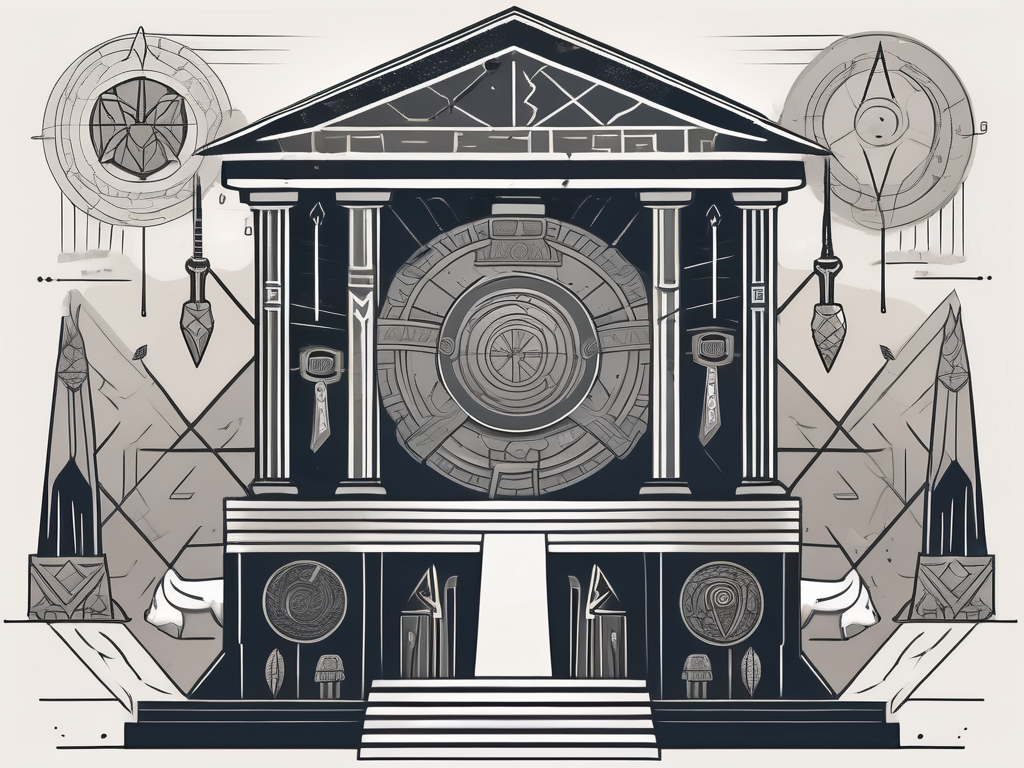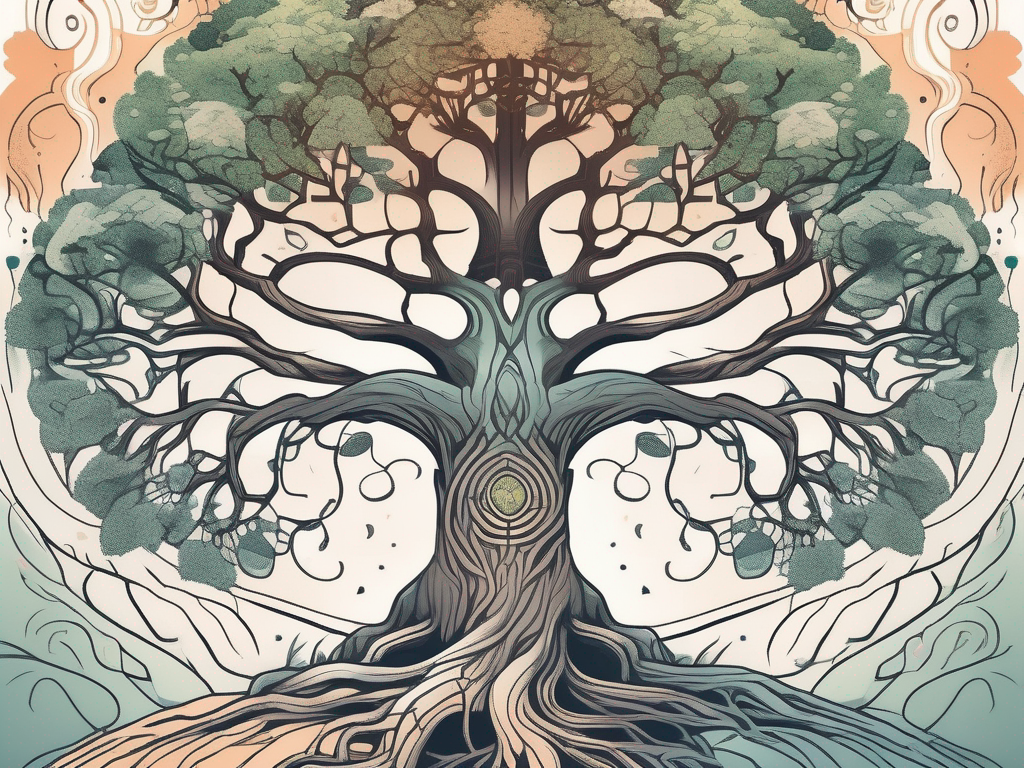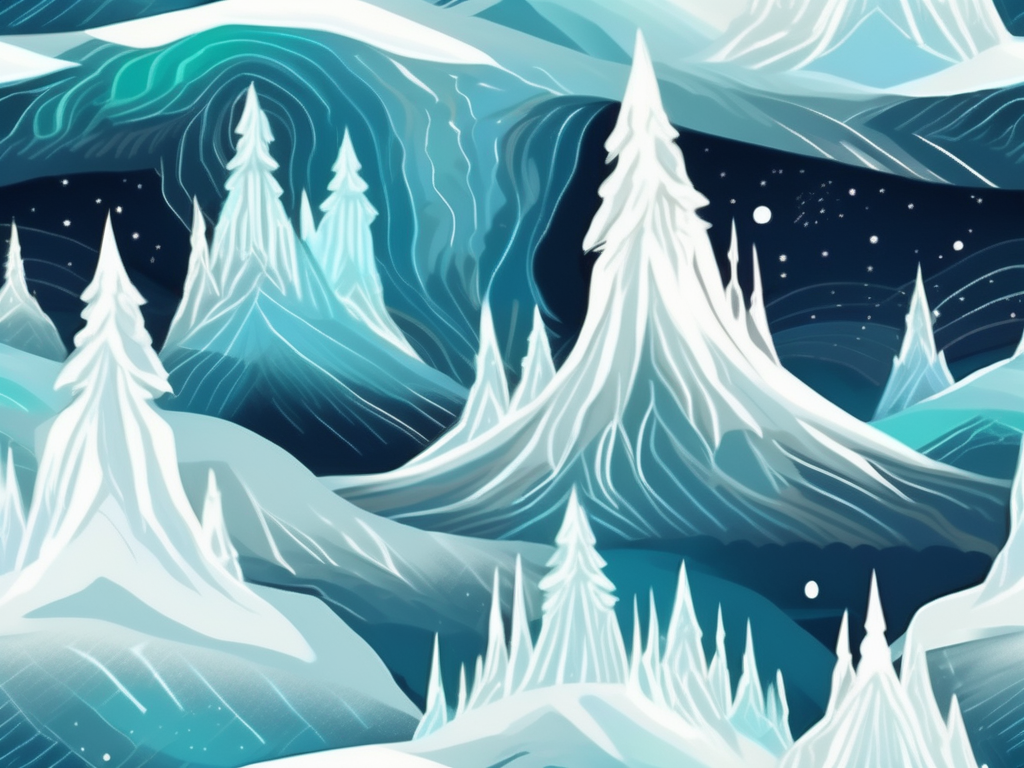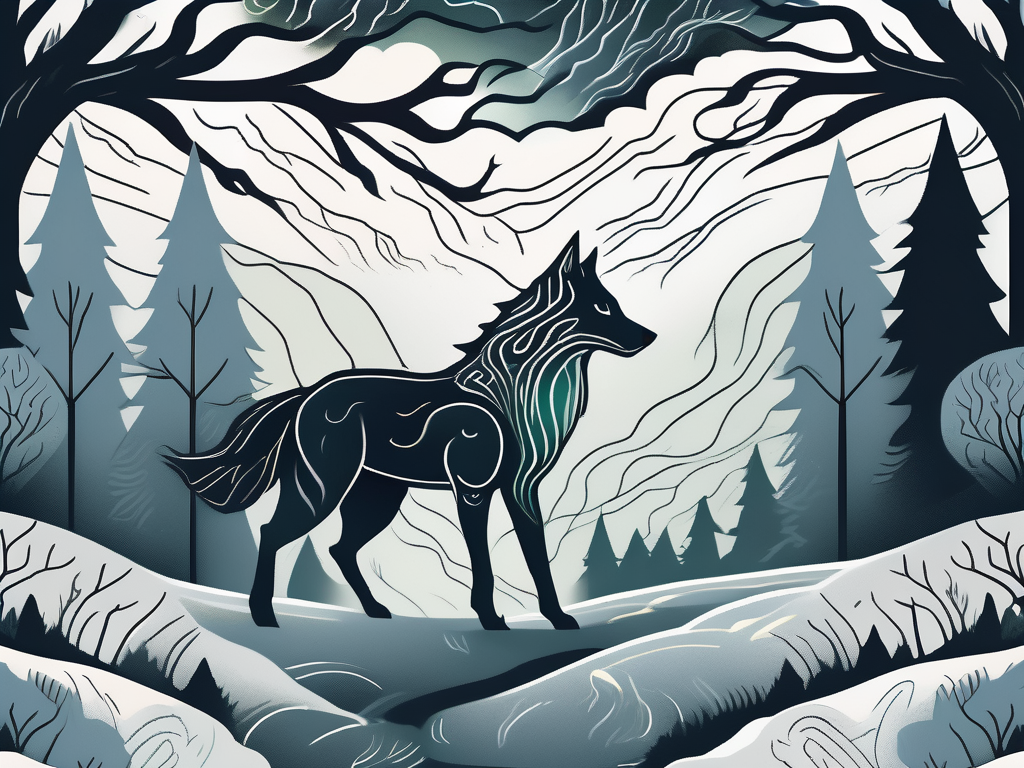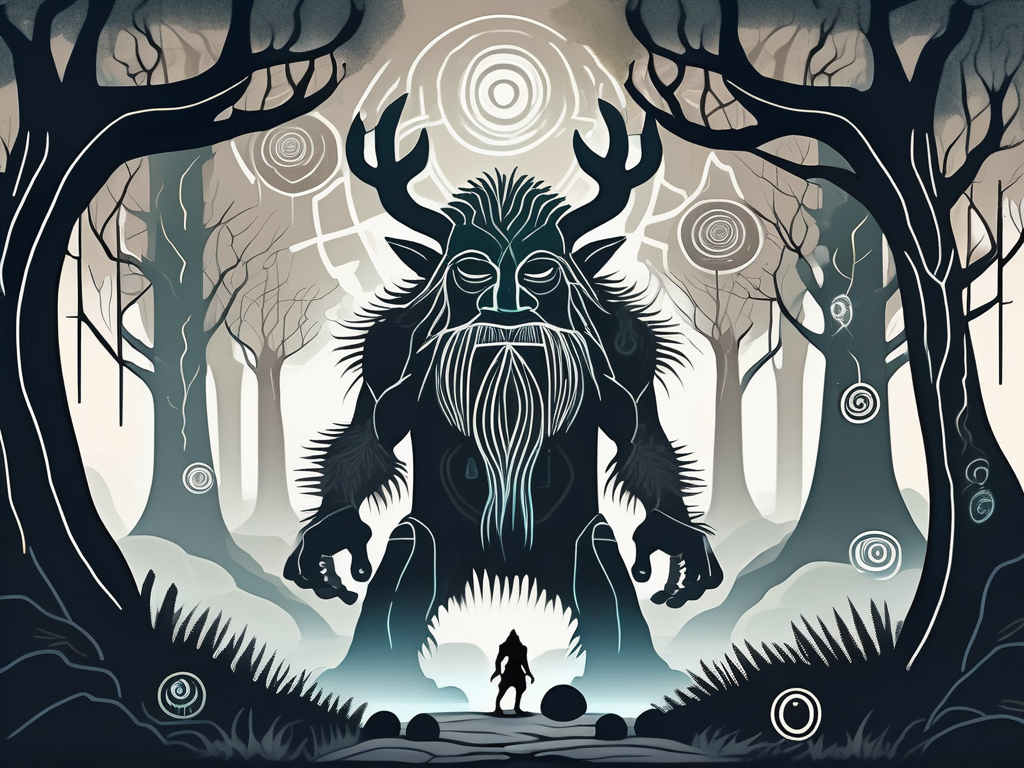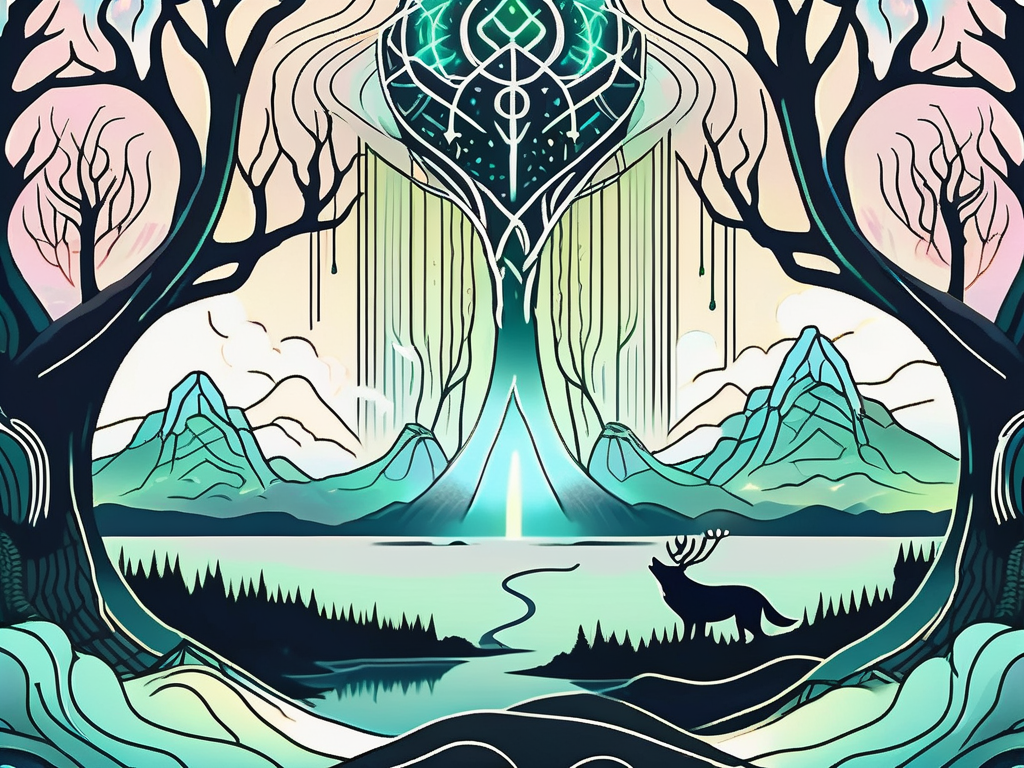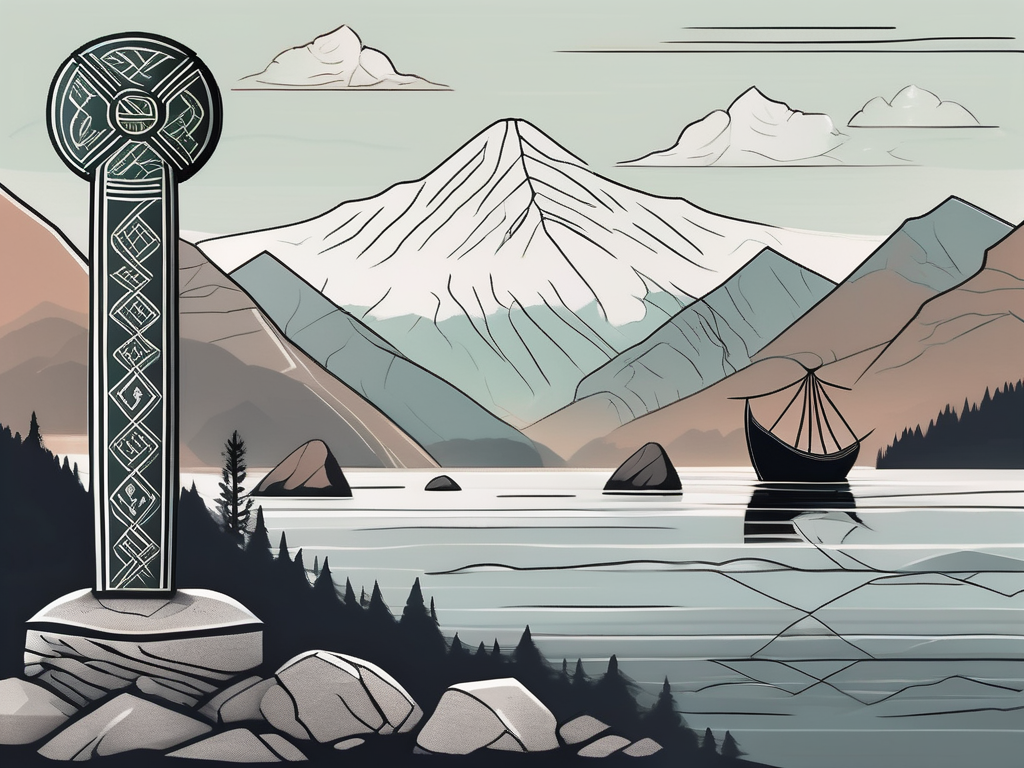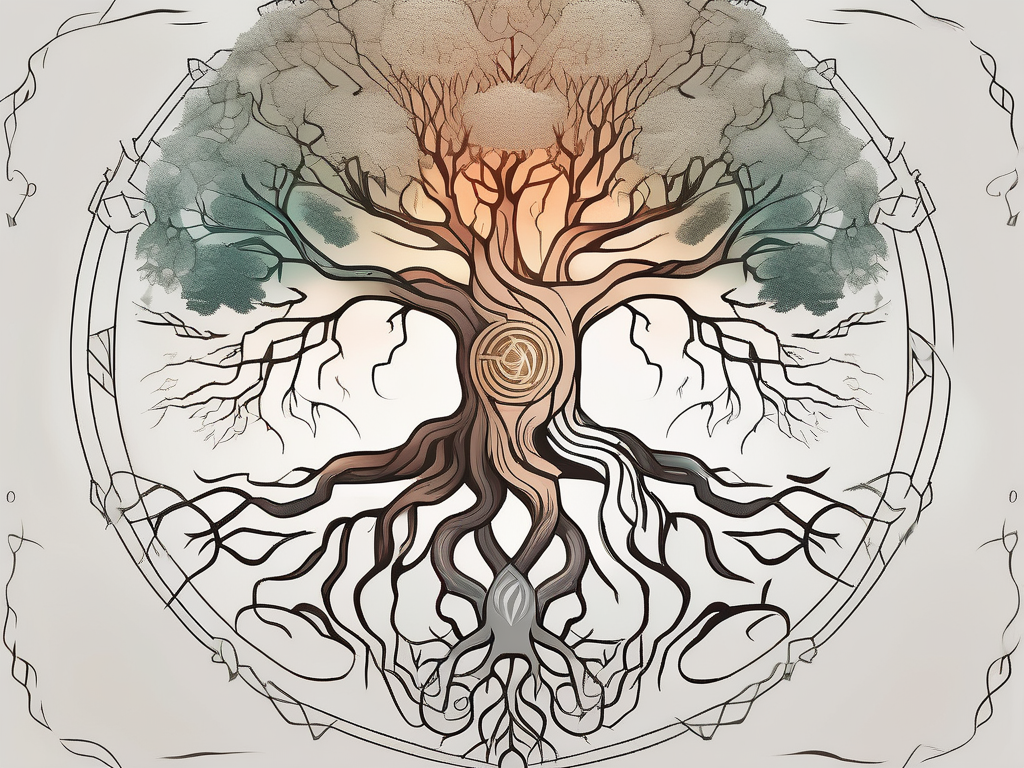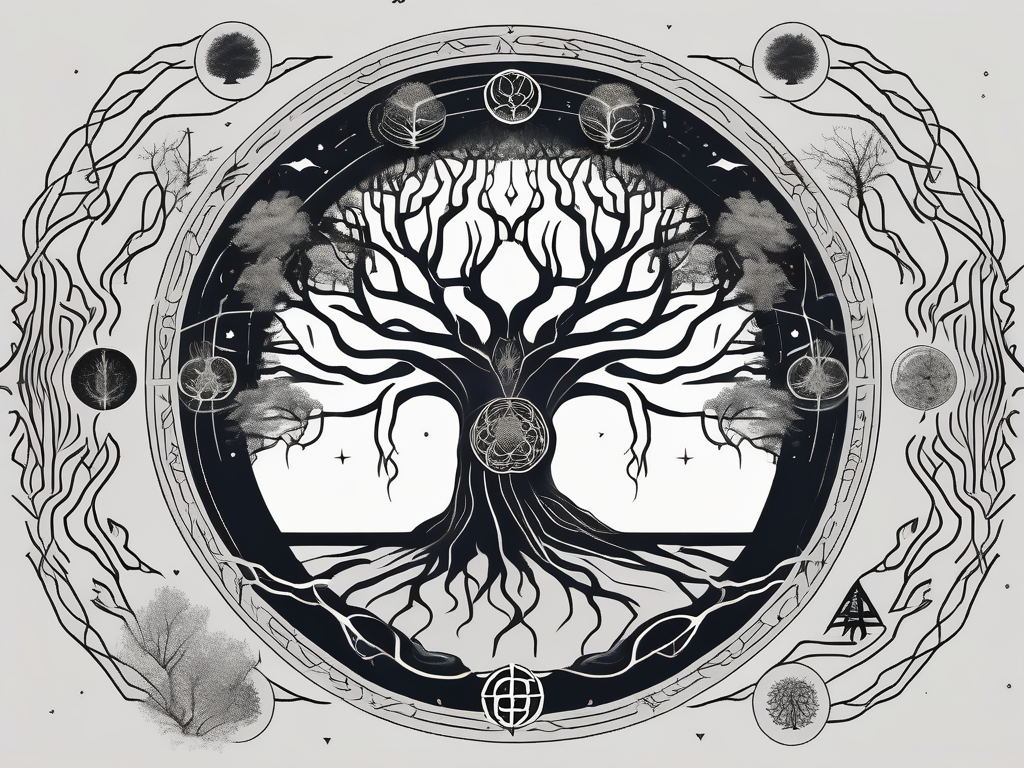Norse mythology is known for its rich tapestry of gods, giants, and mystical creatures. At the heart of this ancient belief system, there are numerous gods with fascinating stories and roles in Norse culture. In this article, we will explore the Norse pantheon and delve into the question that has piqued the curiosity of many – how many Norse gods are there?
Understanding Norse Mythology
Norse mythology is a complex and intricate web of stories, legends, and beliefs that originated in the Scandinavian region. These myths have been passed down through generations, documenting the lives and feats of powerful gods, their interactions, and the impact they had on human lives.
The Norse people had a deep connection to nature and the elements, and their mythology reflected this. The stories were not just tales of gods and goddesses, but also of giants, dwarves, elves, and other mythical creatures that inhabited the vast and mysterious realms of the Norse cosmos. These beings were believed to have a direct influence on the everyday lives of the Norse people, shaping their destinies and providing explanations for natural phenomena.
The Origin and History of Norse Mythology
Before we can understand the number of Norse gods, it’s important to delve into the origin and history of Norse mythology. Norse mythology emerged from the pre-Christian beliefs of ancient Scandinavian societies. It was an integral part of their religious and cultural practices, shaping their understanding of the world and their place within it.
The Norse people believed in a multitude of gods and goddesses who ruled over different realms and aspects of existence. These deities were not all-powerful, but rather had their own strengths, weaknesses, and personalities. They were not distant and aloof, but rather intimately involved in the lives of humans, often interacting with them directly.
These myths were primarily transmitted orally, with tales being shared around campfires and during celebrations. The storytellers were highly respected members of the community, entrusted with the task of preserving and passing on the sacred knowledge of the gods. Over time, these stories became woven into the fabric of Norse society and were eventually recorded in written form, ensuring their continuity.
One of the most famous written sources of Norse mythology is the Prose Edda, written by the Icelandic scholar Snorri Sturluson in the 13th century. This work not only preserved the myths and legends but also provided valuable insights into the religious and cultural practices of the Norse people.
The Importance of Gods in Norse Culture
In Norse culture, gods held immense significance. They were revered and worshipped as divine beings with power over various aspects of life. From fertility and agriculture to war and trickery, each god had their own domain and played a vital role in shaping the world as perceived by the Norse people.
The Norse gods were not distant and unapproachable, but rather relatable and flawed. They had human-like qualities and emotions, making them more relatable to the mortal inhabitants of Midgard, the realm of humans. This allowed for a deeper connection between gods and humans, as they shared similar experiences and struggles.
By understanding the role of gods in Norse culture, we can begin to grasp the sheer number and variety of gods that exist within Norse mythology. From the mighty Thor, god of thunder and protector of mankind, to Odin, the wise and all-knowing ruler of Asgard, the realm of the gods, each deity had their own unique attributes and stories.
Exploring Norse mythology is like embarking on a journey through a rich tapestry of tales, where gods and mortals intertwine, and the forces of nature and destiny shape the course of events. It is a world filled with epic battles, treacherous quests, and profound wisdom, offering a glimpse into the beliefs and values of the ancient Norse people.
The Aesir: The Main Gods of Norse Mythology
One of the key groups of gods in Norse mythology is the Aesir. These are the most prominent and well-known gods who reside in Asgard, the realm of the gods. Let us take a closer look at some of the main Aesir gods.
Odin: The Allfather
Odin, also known as the Allfather, stands as the king of the Norse gods. He is associated with wisdom, knowledge, and warfare. Odin is often depicted as a wise old man with a long beard, one eye, and a wide-brimmed hat. He rules over Valhalla, the great hall of fallen warriors in Asgard.
Odin’s story is vast and nuanced, making it impossible to fully capture his essence in these few paragraphs. However, his importance within the Norse pantheon cannot be overstated.
Thor: The Thunder God
Thor, the Thunder God, is perhaps one of the most recognizable Norse gods. He is known for his incredible strength and his trusty hammer, Mjolnir. Thor derived his power from thunder and lightning, and he was the protector of both gods and humans.
With his mighty hammer in hand, Thor defended Asgard from giants and other threats. His tales often center around his heroic battles and his close bond with humanity.
Loki: The Trickster
Loki, the mischievous trickster, occupies a prominent space within Norse mythology. Known for his cunning and shape-shifting abilities, Loki frequently finds himself embroiled in adventures that have both favorable and disastrous outcomes.
His dual nature, where he can be both friend and foe to the gods, makes Loki an intriguing figure within the pantheon. Despite his unpredictable allegiance, Loki’s presence adds depth and complexity to Norse mythology.
The Vanir: The Other Significant Norse Gods
Alongside the Aesir, the Vanir gods play a crucial role in Norse mythology. These gods, associated with fertility and nature, were originally a separate group but later merged with the Aesir. Let’s explore a few notable Vanir gods.
Freyr: The God of Fertility
Freyr, the god of fertility and abundance, holds an important place in the Norse pantheon. He is associated with bountiful harvests, peace, and prosperity. Freyr’s powers extend beyond agriculture, and he is known to have influence over matters of love and relationships as well.
Worshiped during harvest festivals, Freyr symbolizes the abundance and fertile land that were crucial to the survival of the Norse people.
Njord: The God of Sea
Njord, the god of sea and seafaring, is another notable member of the Vanir gods. With his domain over the oceans and waterways, Njord was revered by sailors and fishermen. He ensured safe voyages, plentiful catches, and the protection of ships.
Njord’s influence highlights the significance of maritime life for the Norse people, showcasing their reliance on the sea for trade, exploration, and survival.
Freya: The Goddess of Love
Freya, the goddess of love, beauty, and fertility, holds a cherished place in Norse mythology. Known for her radiant beauty and magic, Freya was not only esteemed for her powers but also for her independence and strength.
Freya’s role extended beyond matters of the heart, as she was also associated with war and death. She welcomed half of the fallen warriors into her realm, Folkvangr, while the other half resided in Valhalla under Odin’s care.
The Jotnar: Giants in Norse Mythology
In addition to their gods, Norse mythology also encompasses a diverse range of giants known as Jotnar. These colossal beings play various roles within the Norse cosmology.
Jotunheim: The Land of Giants
Jotunheim, the realm of giants, is a vast and tumultuous land that lies beyond Asgard. It is home to the Jotnar, who are often portrayed as formidable adversaries to the gods. Seen as forces of chaos, the giants frequently clashed with the Aesir, leading to epic battles and legendary tales.
Jotunheim serves as a stark contrast to Asgard and symbolizes the ever-present struggle between order and chaos in Norse mythology.
Notable Jotnar in Norse Mythology
Within the Jotnar, several giants stand out due to their interactions with the gods and their impact on Norse mythology.
One such notable giant is Ymir, the primordial being from whose body the world was created. Ymir’s demise marks the birth of the cosmos, and his body parts formed the various realms of existence.
Other influential Jotnar include Thrym, who stole Thor’s hammer, and Skadi, the giantess who sought vengeance for her father’s death by becoming an adversary to the gods.
These giants, with their immense power and complex relationships with the gods, further enrich the expansive world of Norse mythology.
Lesser Known Norse Gods and Goddesses
Beyond the Aesir, Vanir, and Jotnar, Norse mythology boasts a multitude of lesser-known gods and goddesses. These deities may not hold the same level of recognition as Odin or Thor, but their contributions are significant nonetheless.
Heimdall: The Watchman of the Gods
Heimdall stands as the watchman of the gods, positioned atop the mythical rainbow bridge, Bifrost. Possessing incredible sight and hearing, Heimdall diligently guarded Asgard against potential threats.
Heimdall’s role as the guardian of the gods illustrates the importance of protection and vigilance within Norse mythology.
Balder: The God of Light
Balder, the god of light and purity, is known for his compassionate and gentle nature. His presence brought joy and harmony to the gods and humans alike.
Balder’s tragic death at the hands of Loki is a pivotal event in Norse mythology, as it marks the beginning of Ragnarok, the apocalyptic battle between gods and giants.
In Conclusion
So, how many Norse gods are there? The answer to this question remains somewhat elusive, as there is no definitive number. Norse mythology is a vast tapestry of gods and legends, each with their own tales and significance. From the powerful Aesir and the influential Vanir to the enigmatic Jotnar and the lesser-known deities, this belief system encompasses a captivating array of beings that shaped the Norse worldview.
By exploring the stories of these gods, we gain insights into the complexities of Norse mythology and appreciate the immense creativity and imagination of the civilizations that birthed these intricate tales. From the birth of the cosmos to the impending battle of Ragnarok, the gods of Norse mythology hold a place of prominence in the annals of human storytelling.
So, let us embark on a journey through the realms of Asgard, Midgard, and all the worlds in between, as we uncover the captivating tales and beings that make up the pantheon of Norse gods.
